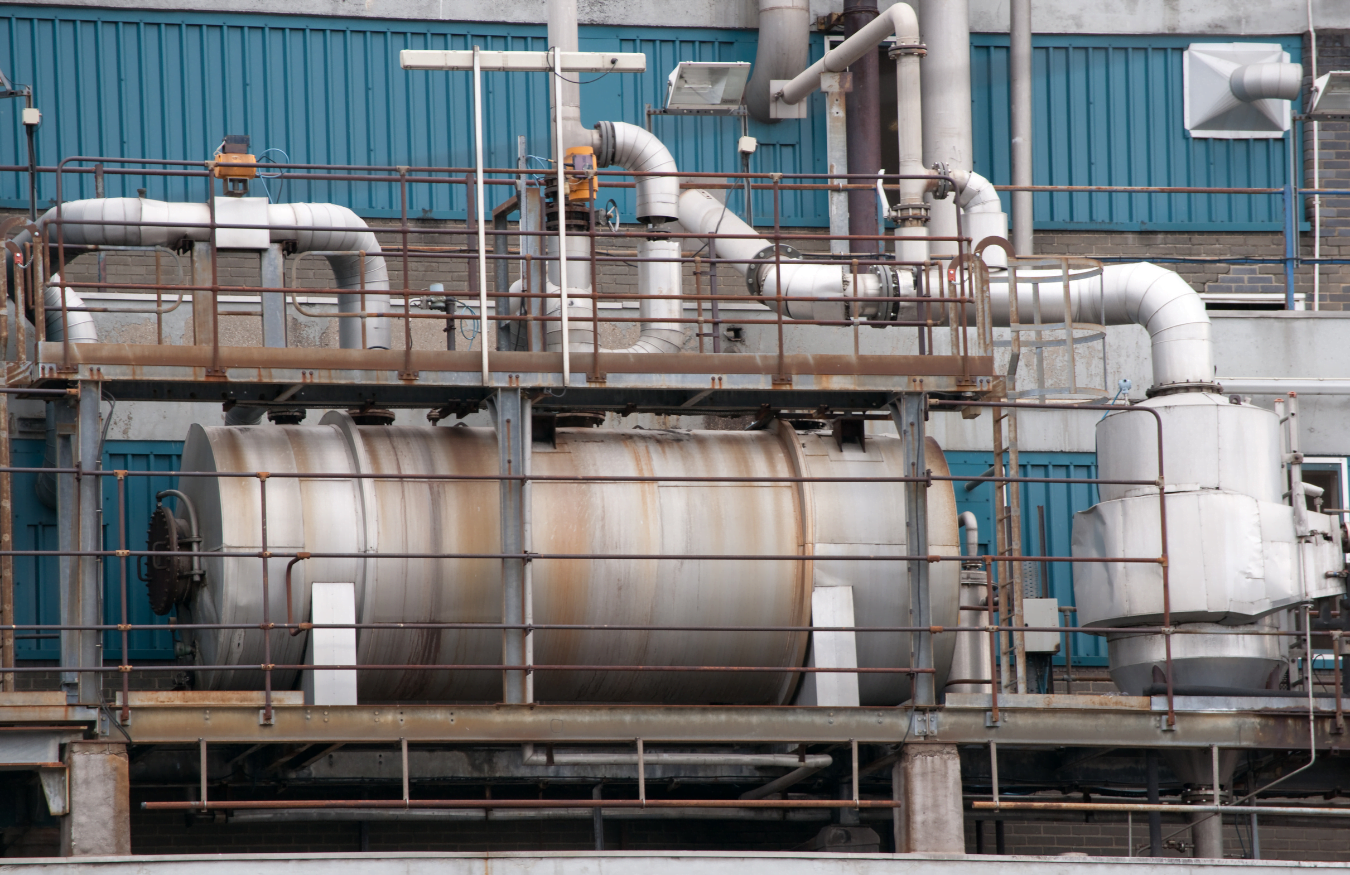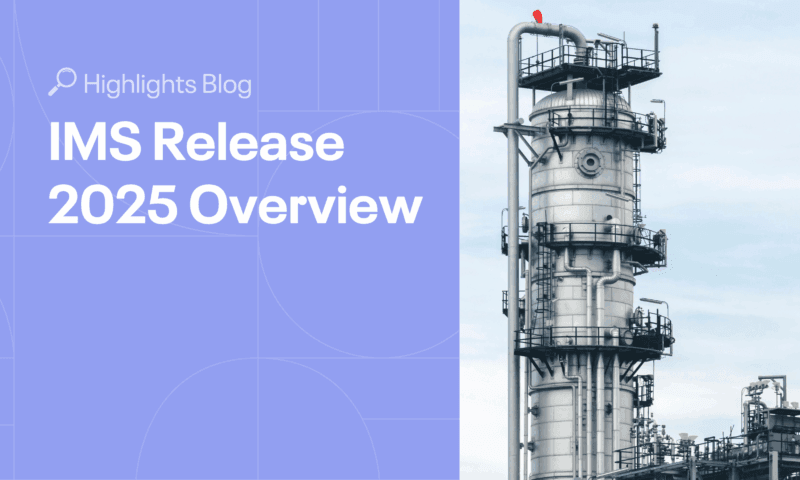Reliability-Centered Maintenance (RCM) Analysis is a comprehensive framework designed to optimize maintenance strategies for equipment and assets. Its primary goal is to ensure that systems and machinery continue to function as needed in their operational context.
Key Principles of Reliability Centered Maintenance (RCM) Analysis
RCM Analysis revolves around several fundamental principles that distinguish it from other maintenance approaches:
- Focus on Functional Failures: RCM concentrates on identifying potential functional failures of equipment and the degradation mechanisms that cause them. This focus helps pinpoint the exact nature of potential issues rather than just general wear and tear.
- Risk-Based Approach: Maintenance efforts are prioritized based on the risk associated with functional failures. The logic applied is straightforward: more risk equates to more maintenance, less risk to less maintenance, and no risk means no maintenance. This approach ensures that resources are allocated efficiently and effectively, first addressing the most critical risks.
- Cost-Effective Maintenance: Reliability Centered Maintenance (RCM) aims to be cost-effective by ensuring that maintenance efforts do not exceed one-third of the risk value (in $/year). This principle helps balance the need for reliability with economic efficiency, ensuring that maintenance budgets are spent wisely.
Differences Between RCM and Traditional Maintenance
Traditional maintenance strategies often rely on predefined schedules and routines, regardless of the actual condition or risk associated with the equipment. This can lead to two major issues:
- Over-Maintenance: Performing unnecessary maintenance activities can waste resources and time without significantly improving equipment reliability.
- Ineffective Maintenance: Failing to focus on the critical areas can result in neglected potential failure points, leading to unexpected downtimes and higher repair costs.
RCM, in contrast, systematically evaluates the risk and impact of failures. By understanding the specific failure modes and their consequences, RCM enables a more targeted and efficient approach to maintenance, ensuring that every action taken is necessary and valuable.
The RCM Process
The RCM process is structured around seven critical questions, originally designed to improve airplane maintenance but applicable to various industries. These questions guide the analysis and decision-making process.
Answering these questions helps organizations identify the functions of their equipment, understand how and why failures occur, and develop maintenance strategies to prevent or mitigate those failures effectively.
Tools and Methodologies in RCM Analysis
RCM analysis employs various tools and methodologies to thoroughly and accurately evaluate equipment and processes. Key techniques include:
- Failure Modes and Effects Analysis (FMEA): This method identifies potential failure modes for each component, their causes, and the effects on the overall system. FMEA helps prioritize failure modes based on severity, occurrence, and detectability.
- Fault Tree Analysis (FTA): FTA uses a top-down approach to analyze the pathways leading to system failures. It helps in understanding the logical relationships between different failure events and identifying root causes.
- Root Cause Failure Analysis (RCFA): RCFA focuses on identifying the underlying causes of failures rather than just addressing the symptoms. It involves detailed investigations to determine the root causes and implement corrective actions.
Effective RCM analysis requires a deep understanding of the production process and equipment. Knowledge of the production process is crucial to understanding the impact of equipment failures, while knowledge of the equipment is essential to understanding how it can fail.
While RCM can initially be conducted using paper or Excel, analyzing over 200 pieces of equipment requires specialized RCM software tools for efficiency and accuracy.
Determining Maintenance Strategies
The appropriate maintenance strategy for different equipment is determined by evaluating the impact of equipment failures on the production process. This evaluation involves:
- Assessing the Impact of Failures: Understanding how each failure affects production helps prioritize maintenance efforts in the most critical areas. For example, a failure that stops the entire production line would be prioritized over a failure that only affects a minor process.
- Developing Risk-Reducing and Cost-Effective Plans: The goal is to implement maintenance tasks that reduce the risk of failures while being economically beneficial. This involves balancing the cost of maintenance with the potential costs of failures, ensuring that the chosen strategies are effective and efficient.
Tracking and Measuring Performance
After implementing RCM, it is crucial to track and measure the performance and reliability of the equipment to ensure that the maintenance strategies are effective. This is typically done through metrics such as business risks, revenues, and maintenance costs. The Plan-Do-Check-Act (PDCA) loop is commonly used in this context:
- Plan: Develop the maintenance strategies based on the RCM analysis.
- Do: Implement the maintenance tasks as planned.
- Check: Monitor and measure the equipment’s performance and the maintenance strategies’ effectiveness.
- Act: Take corrective actions if the performance is unexpected, and continuously improve the process.
Benefits of Implementing RCM
Companies that implement RCM Analysis have seen significant benefits, including:
- Improved Equipment Reliability: By focusing on preventing functional failures, RCM enhances the reliability of our equipment, reducing downtime and increasing productivity.
- Optimized Maintenance Strategies: RCM helps develop maintenance strategies tailored to our equipment’s specific needs and risks, ensuring that resources are used efficiently.
- Enhanced Safety: By addressing potential failure modes that could lead to safety incidents, RCM contributes to a safer working environment.
- Extended Equipment Life: Preventive maintenance based on RCM principles helps prolong the life of our equipment, reducing the need for frequent replacements.
- Cost Efficiency: By reducing unnecessary maintenance and focusing on critical areas, RCM helps lower maintenance costs.
- Improved Planning and Documentation: RCM’s structured approach improves maintenance planning and ensures thorough documentation of maintenance activities and decisions.
- Regulatory Compliance: RCM helps meet regulatory requirements by maintaining critical safety and operational standards.
- Cultural Shift Towards Proactive Maintenance: Implementing RCM fosters a proactive maintenance culture, addressing potential issues before they lead to failures.
Implementing RCM helps assess reliability in a wider sense, necessitating an RCM study for all on-site equipment.
Continuous Improvement in RCM
Continuous improvement in RCM processes is maintained through the PDCA loop, integrating RCM activities into the yearly business cycle and department plans.
This systematic approach ensures that RCM remains a dynamic part of asset management, constantly evolving to meet the organization’s needs.
By regularly reviewing and updating maintenance strategies based on performance data and new insights, we can ensure that our RCM practices remain effective and relevant.
RCM is a critical component of modern maintenance strategies, providing a structured and risk-based approach to maintaining equipment reliability and performance. By focusing on functional failures and optimizing maintenance efforts, RCM ensures cost-effective maintenance, improved safety, and extended equipment life.
For those looking to take their RCM processes to the next level, investing in specialized RCM software can significantly enhance these benefits.
At Cenosco, our IMS RCM software provides the tools to automate, streamline, and accurately execute RCM analysis. With features designed to facilitate better collaboration, data management, and reporting, IMS RCM ensures your maintenance strategies are both effective and efficient.
Ready to optimize your maintenance strategy?
Contact us today to learn how Cenosco’s IMS RCM software can transform asset management processes. Fill out the form below to start on a path to more reliable and efficient operations.
Request a Demo
Request a demo below to get a first-hand look at its capabilities!





